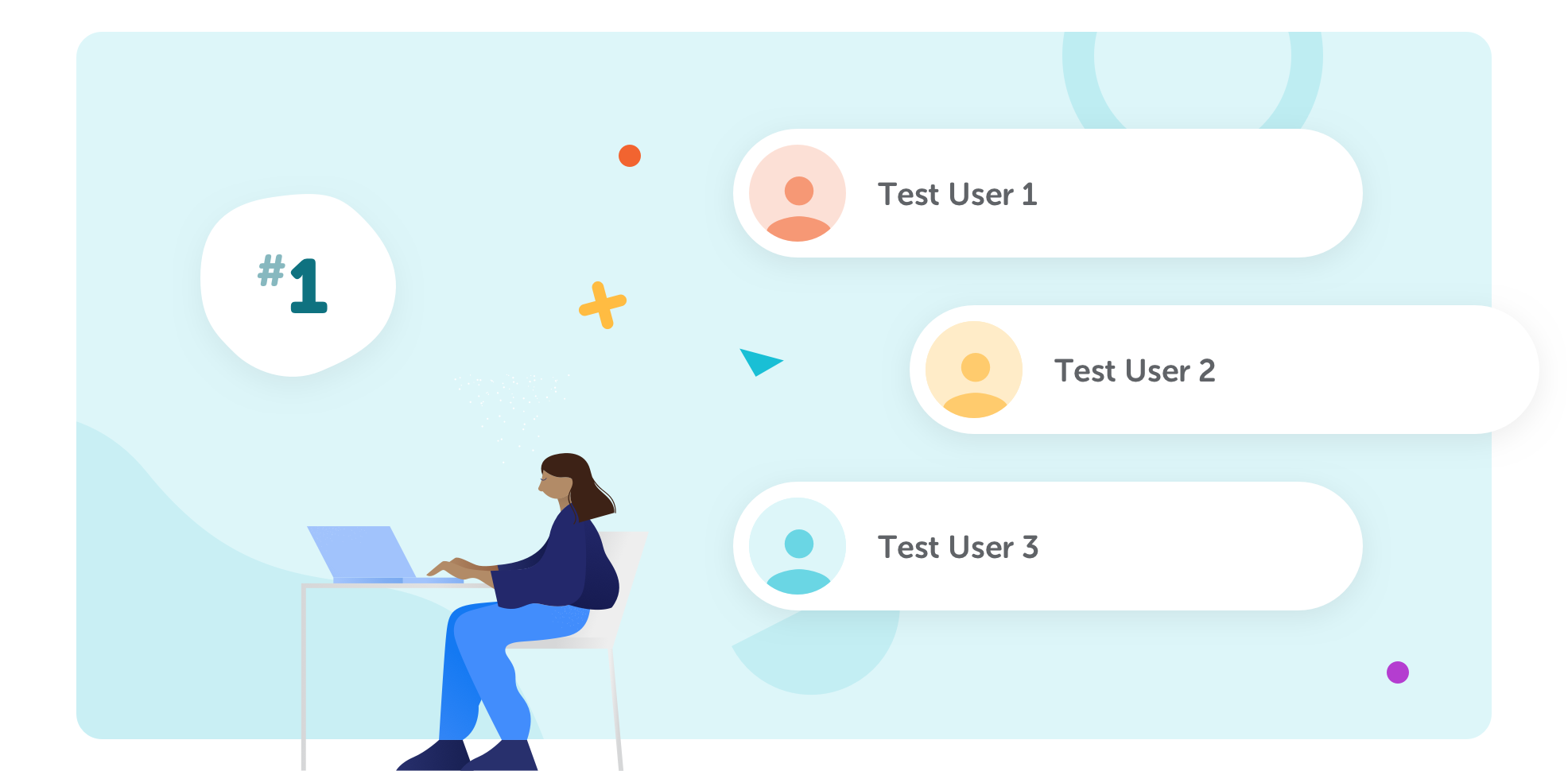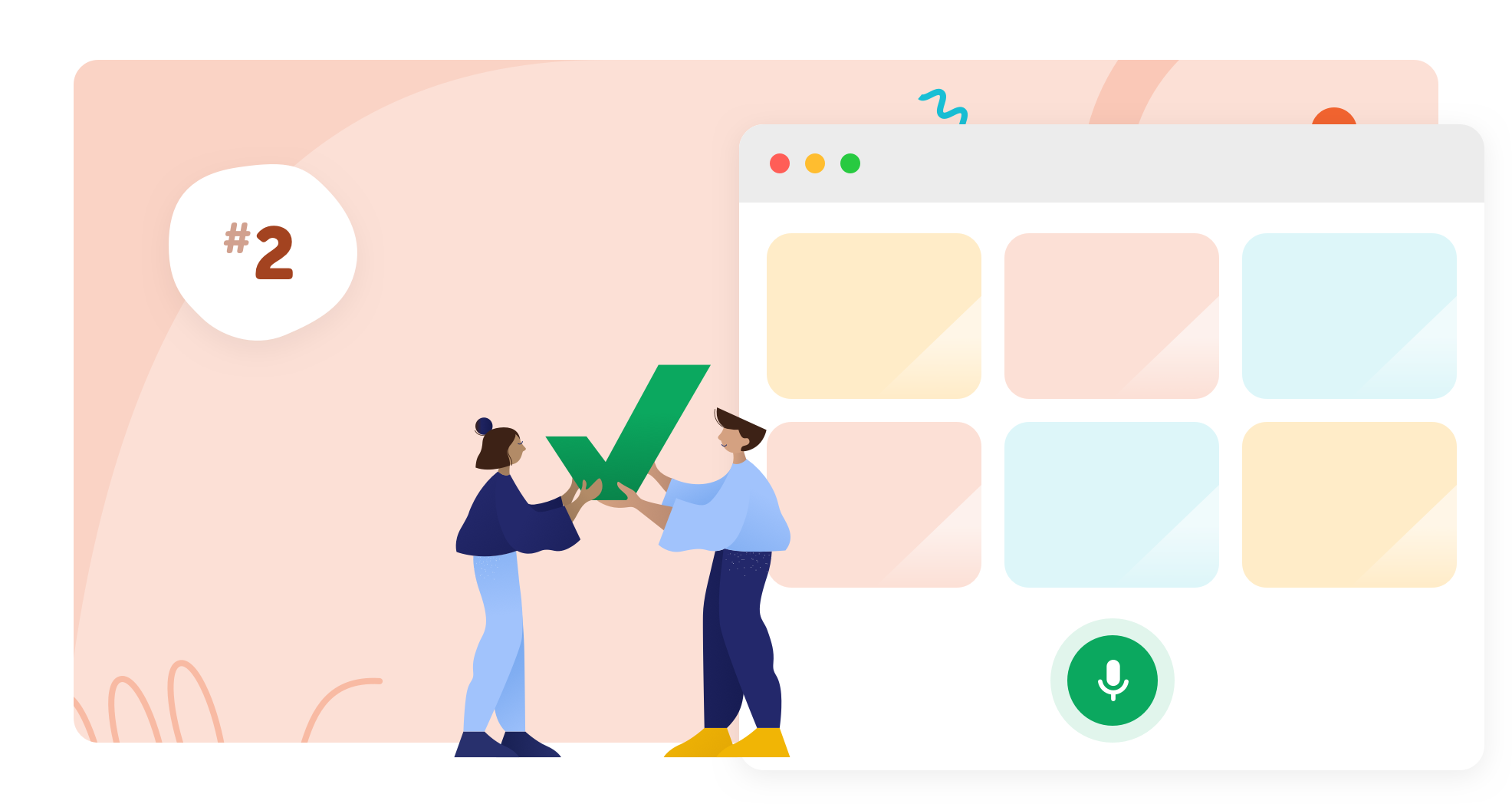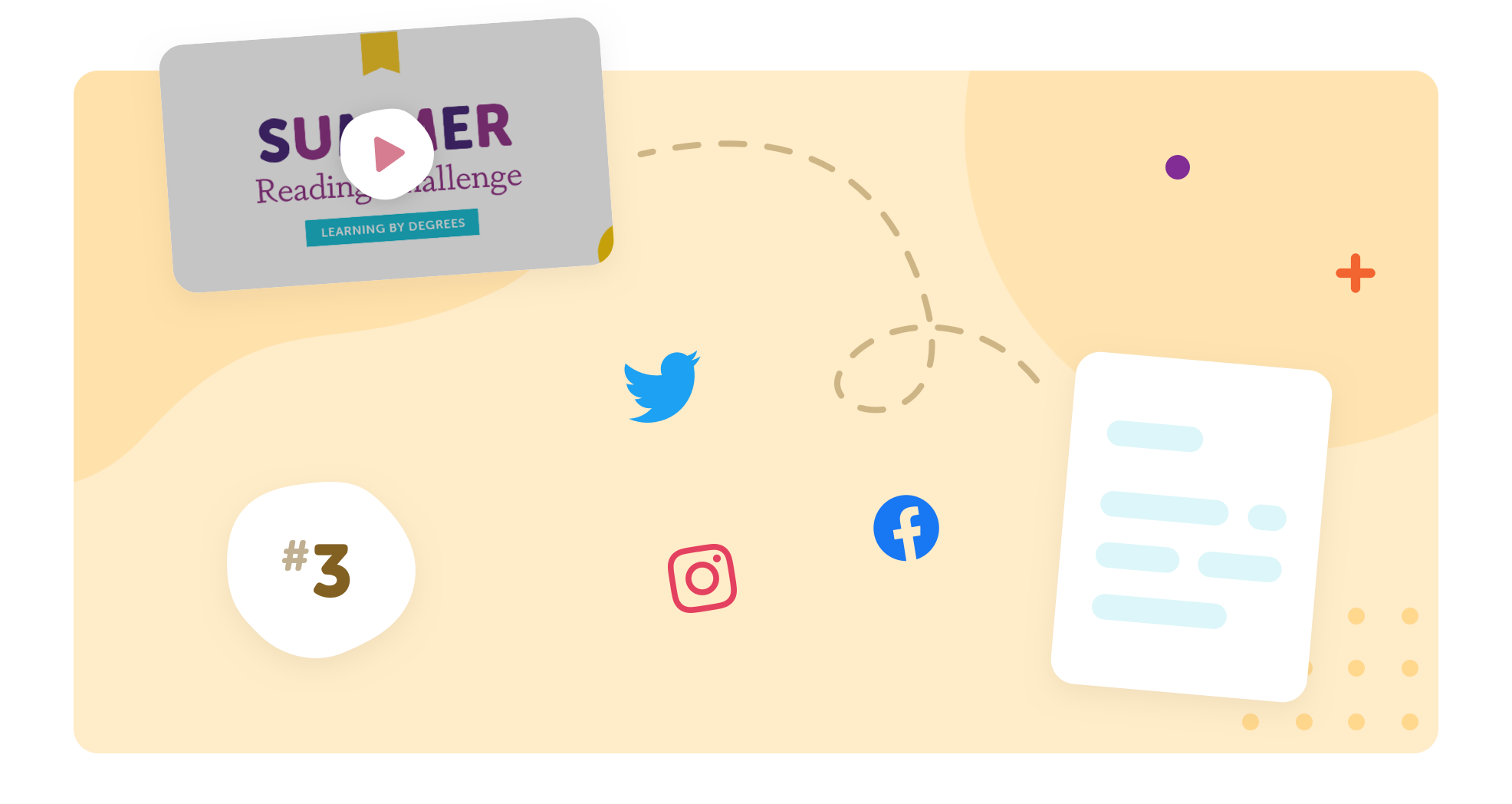Libraries across the country are closed and many don’t know when they’ll reopen. Those that are able to reopen soon are certain to see a decline in user traffic compared to past years, as people continue to take social distancing precautions.
You may encounter hurdles in implementing a virtual summer reading program for your library this year, but it is more important now than ever. And libraries that currently invest in virtual resources are already on the right track!
Try these quick tips to get started:

Put yourself in your reader’s shoes.
To properly prepare to take your summer reading program virtual, you should test it out as a user. If you’re using a digital platform like Beanstack, try creating an extra login to test it out. Seeing what readers see will give you more insight into what support they might need to participate in the program virtually.
And keep in mind that users will come from many different backgrounds — some may be very tech savvy while others may have more of a learning curve. It’s best to start with a simple program structure if you want to engage as many readers as possible.

Don’t skip staff training!
Even if you’re running a program that is very similar to what you did last year, we still recommend you take the time to train any library staff and volunteers that will be working on the program. In our experience, libraries that offer pre-launch staff training see higher program engagement rates than those that do not. You should certainly be flexible with timing, as the current situation is changing daily, but you’ll want to make sure to schedule a training prior to launching the program.
There are lots of free virtual tools (Google Hangouts, Zoom, Uberconference) that you can use to host a staff training! Just be sure to use one that allows you to share your screen. If you’re a Beanstack client, you’ve likely seen our resources for staff training or you can ask your client success manager to point you in the right direction.

Create a virtual summer reading guide for users.
You want to make it as seamless as possible for users to join your program. A user guide can be a helpful way to get them started. Consider the following ideas:
- Take to your social media channels to post a graphic with instructions for users to join your program. We love this tweet from one of our Beanstack schools.
- Feature the program in your library email newsletter, and include a link to your website for more information. Here’s a great example from Carnegie Library of Pittsburgh.
- Record a video demo, showing readers how they can participate. You’re sure to find some inspiration in this amazing video by Baltimore County Public Library.
Of course, there are lots of ways to help readers join your program. For the best results, try using multiple different methods! And if you’re a Beanstack client, be sure to browse our sample user guides in the training resource section of the client portal.
For more inspiration to get you started, see how Flint Memorial Library uses Beanstack to power their reading programs. They share great insights on how you can use digital channels to promote your program, and go over what they learned from their first online-only reading challenge.
What has been your experience as you’re working on virtual summer reading programs at your library? Share your tips for fellow librarians by tagging us on social media @zoobeanreads or Beanstack clients can join the conversation in the Beanstack Facebook User Group.
Keep Reading!

